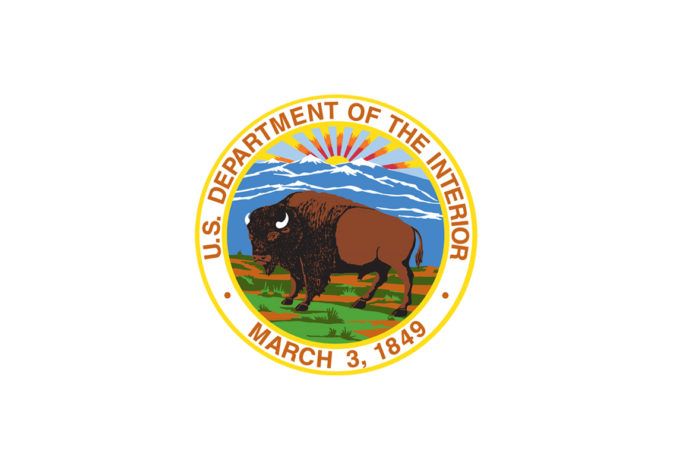WASHINGTON, D.C. – The Department of the Interior’s Office of Natural Resources Revenue (ONRR) disbursed $21.53 billion in revenues generated in fiscal year 2022 from energy production on federal and tribal onshore lands, and federal offshore areas, including the record $4.37 billion generated from the New York Bight offshore wind lease sale. This year’s disbursements include the highest-ever revenues from renewable energy programs on federal lands and waters, driven by President Biden’s efforts to jump-start the American offshore wind industry and make the U.S. a magnet for clean energy investments.
This year’s overall disbursement is the second largest since 1983 and provides funds for states and tribes to pursue a variety of conservation goals, including irrigation and hydropower projects, historic preservation initiatives, efforts to protect public lands and waters, and investments in much-needed maintenance for critical facilities and infrastructure on our public lands.
This year, $1.59 billion was distributed to tribes and individual Indian mineral owners; $3.32 billion to the Reclamation Fund; $1.02 billion to the Land and Water Conservation Fund; $150 million to the Historic Preservation Fund; $460 million to federal agencies; and $10.64 billion to the U.S. Treasury.
ONRR also disbursed $4.36 billion in fiscal year 2022 funds to 33 states. This revenue was collected from oil, gas, renewable energy and mineral production on federal lands within the states’ borders and from offshore oil and gas tracts in federal waters adjacent to four Gulf states’ shores. The states receiving the highest disbursements based on that activity are:
| New Mexico | $2.74 billion |
| Wyoming | $785.73 million |
| North Dakota | $163.65 million |
| Colorado | $142.60 million |
| Louisiana | $118.88 million |
| Utah | $89.59 million |
| Texas | $77.31 million |
| California | $54.19 million |
| Alaska | $45.06 million |
| Alabama | $40.89 million |
| Mississippi | $37.81 million |
| Montana | $35.07 million |
The revenues disbursed to 33 federally recognized tribes and approximately 31,000 individual Indian mineral owners represent 100 percent of the revenues received for energy and mineral production activities on tribal lands. Tribes use these revenues to develop infrastructure, provide health care and education, and support other critical community development programs, such as senior centers, public safety projects and youth initiatives.
Energy and mineral revenues collected, accounted for, analyzed, audited and disbursed by ONRR are generated from energy and mineral leases and other monies owed for the use of public resources on the U.S. Outer Continental Shelf and onshore federal and tribal lands.
Since 1982, the Department has disbursed more than $353.1 billion in mineral leasing revenues. ONRR makes most of these disbursements monthly from the royalties, rents and bonuses it collects from energy and mineral companies operating on federal lands and waters.















































